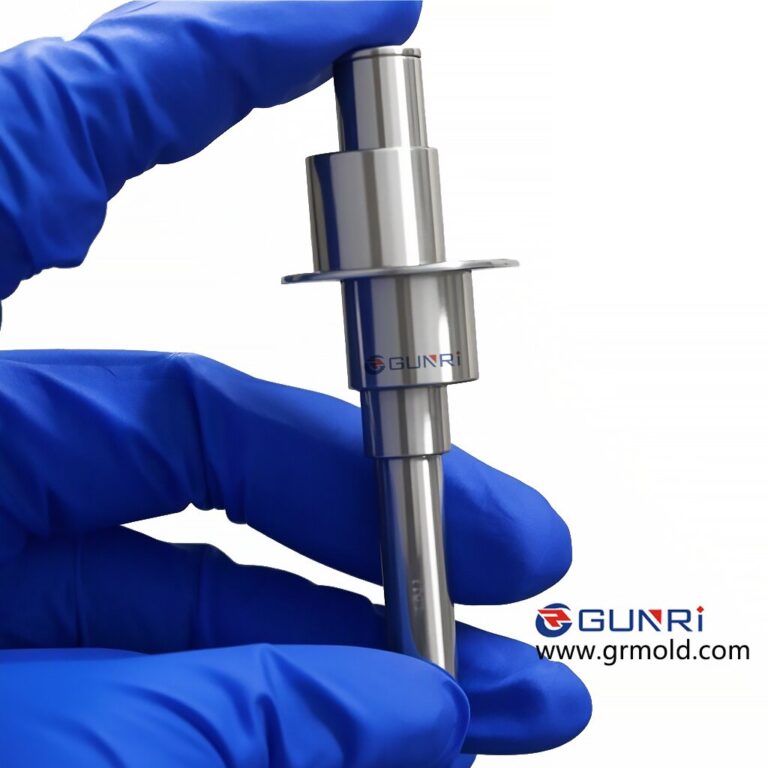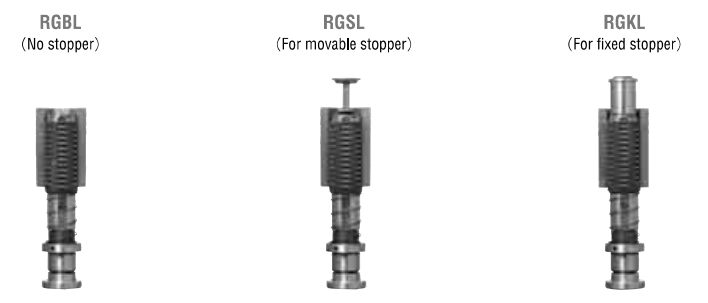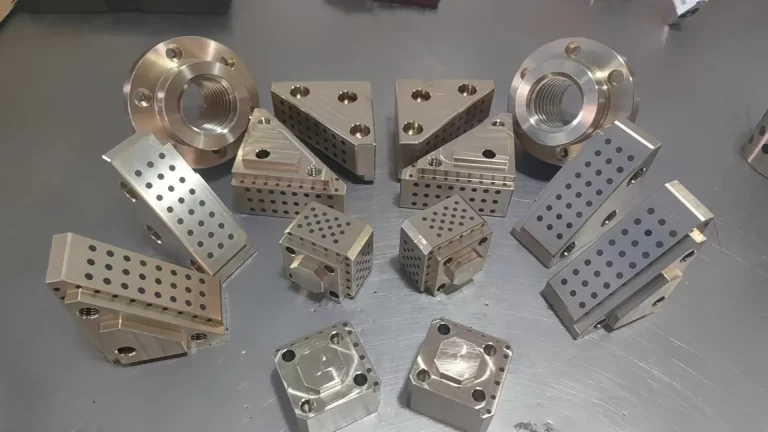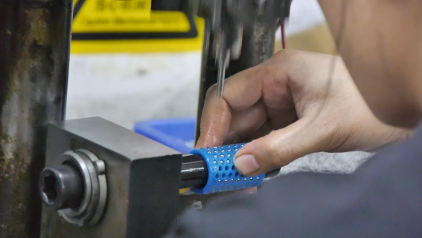Injection mold damage to guide pillars – What should be done?
Injection molds comprise six major systems, and among them, the guiding system ensures the accurate alignment of the moving and fixed molds during molding. Guide components are crucial in molds, typically consisting of four sets of guide pillars and guide bushes. In some cases, matching inner and outer taper surfaces are set on the moving and fixed molds to assist in positioning.
Guide pillars play a key role in guiding the mold to ensure that the forming surfaces of the core and cavity do not collide under any circumstances. It’s essential to note that guide pillars should not be used as load-bearing or positioning components.
So, how should one handle guide pillar damage during the use of injection molds?
In certain situations, during injection, significant lateral offset forces are generated between the moving and fixed molds. This is especially true when there are uneven wall thickness requirements in the plastic part, causing a higher flow rate and pressure through thicker walls. Additionally, molds with asymmetrical parting surfaces, like those with stepped features, may experience unequal counter-pressure on opposite sides.
To manufacture high-quality injection molds, it’s crucial for a mold factory to understand the details of design, manufacturing, and molding for each mold. Recognizing the significant role of guide pillars in injection molds and the potential harm caused by guide pillar damage will lead to better attention to these issues during subsequent use. This not only ensures the production of excellent plastic products but also significantly improves the service life of injection molds.








